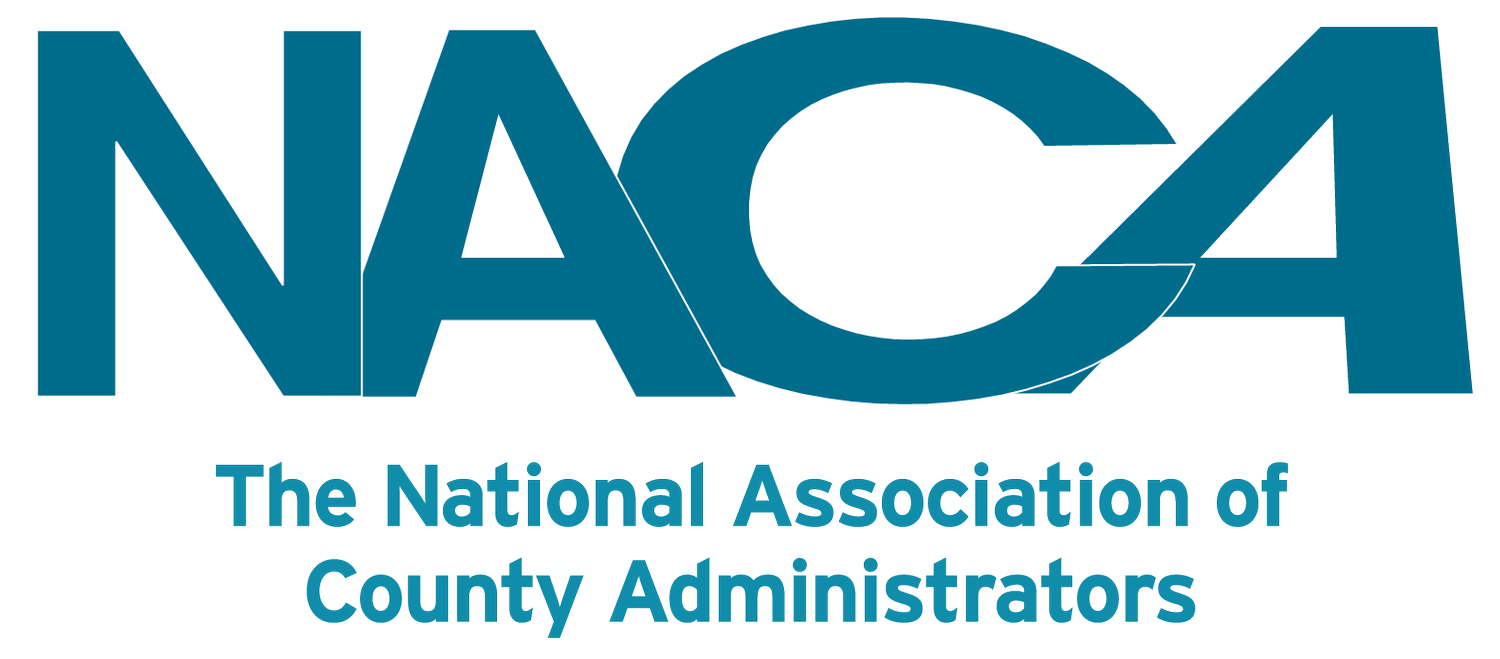County Guide for Reducing Jail Populations and Costs
County officials are implementing data-driven and evidence-based policies, practices and programs to decrease jail populations, reduce associated costs and meet the social and safety needs of communities. Annually, county jails process 8 million admissions and spend $29 billion on correctional facilities.[1] The Pew Charitable Trusts reported in 2021 that county corrections costs increased 521 percent from 1977 to 2017.
New Resource: Jail Data Initiative
When determining local jail population drivers, counties may choose to look at neighboring counties’ data or others within their state and/or nationally as comparisons. The Jail Data Initiative at New York University, in partnership with The Pew Charitable Trusts, is gathering data on jail populations around the country. Using online data rosters from roughly a third of the jails in the United States, the project analyzes daily populations, lengths of stay, charge and demographic profiles of those incarcerated, admissions, release statistics and more. Visit their website to explore and compare local data metrics.
Through collaborative efforts such as local public safety planning boards or criminal justice coordinating councils, counties are looking at data from various departments and entities to identify factors that drive jail population growth and exploring solutions to improve outcomes.
Common drivers of jail populations include:[2]
Bookings and/or arrests, especially for low-level charges such as misdemeanors
Pretrial length of stay
Technical violations of community supervision, and
Recidivism.
Counties are also increasingly interested in identifying and reducing or eliminating racial disparities in their criminal legal systems. Counties can use data to better understand their jail populations and identify disparities that indicate further review. Counties can disaggregate data for each of the four jail population drivers by self-identified race, ethnicity, age, sex, sexual orientation and gender and then compare to rates in the local population. If the data demonstrate an overrepresentation of a specific group(s), county leaders can work to identify possible disproportionate sources and determine policy and program responses specific to the population(s).
Identifying the drivers of a local jail population is the first step in reducing the number of people in jail. This toolkit helps county officials lead local efforts to understand jail population drivers and implement data-driven solutions to manage these factors and associated costs. The charts below outline key policies and/or practices that address each jail population driver and their potential impacts beyond jail reduction, as well as key resources and county examples to help support local decision making.
TAGGED IN:
Bookings and/or Arrests
Reducing the number of people arrested and booked into jails for low-level offenses and misdemeanors through diversion and citations, as well as outstanding warrants for failing to appear in court or not paying fines and fees, can help decrease jail populations by reserving detention beds for people who are a risk to public safety or a serious flight risk. This can also improve outcomes for individuals by keeping them connected to their communities.
Endnotes:
[1] National Association of Counties, “The County Landscape,” (February 2022) available at https://www.naco.org/resources/county-landscape
[2] The common drivers of jail populations identified in this toolkit were determined based on the county level perspective. These drivers can be reasonably reduced by implementing and/or restructuring county practices and policies. NACo recognizes that other factors such as state or federal laws impact jail populations, but those drivers are not included in this toolkit at this time.
[3] National Association of Counties, “Reducing Fines and Fees in County Justice Systems,” (March 2020) available at https://www.naco.org/sites/default/files/documents/Reducing-Fines-and-Fees-in-County-Justice-Systems.pdf
[4] Pretrial Justice Center for Courts, "Use of Court Date Reminder Notices to Improve Court Appearance Rate,” (September 2017) available at https://www.ncsc.org/__data/assets/pdf_file/0015/1635/pjcc-brief-10-sept-2017-court-date-notification-systems.ashx.pdf
[5] Levin, M., “Reducing the Staggering Backlog of Court Cases,” (October 2021) available at https://www.route-fifty.com/public-safety/2021/10/reducing-criminal-case-backlog/185971/
[6] Bridenback, M., “Study of State Trial Courts, Use of Remote Technology,” (April 2016) available at https://napco4courtleaders.org/wp-content/uploads/2016/08/Emerging-Court-Technologies-9-27-Bridenback.pdf
[7] Justice Policy Institute, “Bail Fail: Why the U.S. Should End the Practice of Using Money for Bail,” (September 2012) available at https://justicepolicy.org/wp-content/uploads/2022/02/bailfail.pdf
[8] Léon Digard, L. and Swavola E., “Justice Denied: The Harmful and Lasting Effects of Pretrial Detention,” (April 2019) https://www.vera.org/downloads/publications/Justice-Denied-Evidence-Brief.pdf
[9] National Institute of Justice, “Pretrial Services Programs: Responsibilities and Potential,” (March 2001) available at https://www.ojp.gov/pdffiles1/nij/181939.pdf
[10] Walsh, N., “Medication-assisted treatment for substance use disorders," (February 2019) available at https://www.naco.org/articles/medication-assisted-treatment-substance-use-disorders
[11] National Association of Counties, “Housing for the Justice-Involved: The Case for County Action,” (February 2018) available at www.naco.org/sites/default/files/documents/Reentry-Housing-FINAL.PDF
[12] Ortiz, N., “County Jails at a Crossroads: An Examination of the Jail Population and Pretrial Release,” (July 2015) available at https://www.naco.org/sites/default/files/documents/County%20Jails%20at%20a%20Crossroads%20-%20Full%20Report_updated.pdf
[13] U.S. Department of Labor, “Workforce Innovation and Opportunity Act,” available at https://www.dol.gov/agencies/eta/wioa

